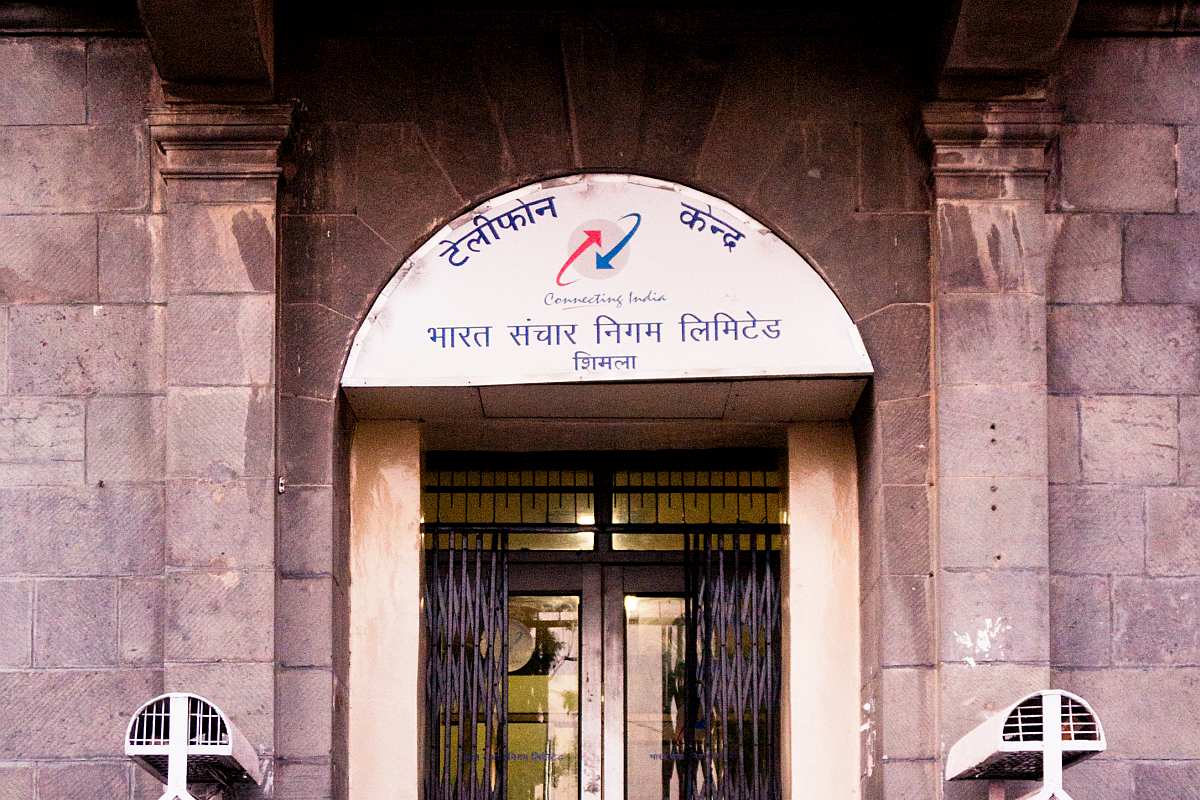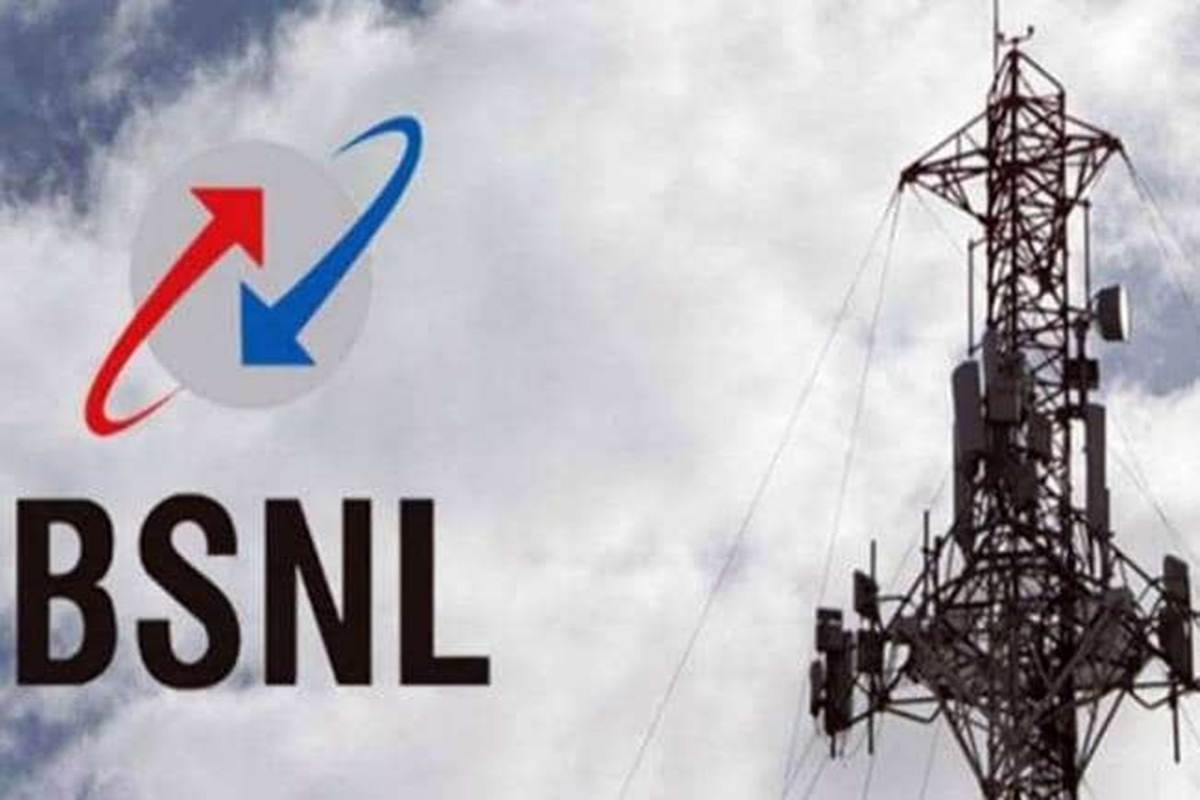BSNL VRS 2.0: A Bold Step To Restructure India’s Telecom
How BSNL's Workforce Restructuring Aims to Balance Costs and Competitiveness in the Telecom Industry

Government-owned telecoms giant Bharat Sanchar Nigam Ltd (BSNL) announced plans for the most vital step towards a financial restructuring move BSNL VRS (Voluntary Retirement Scheme) 2.0 – that could hit around 18,000 to 19,000 staff and cut costs by bringing in its wage bill. However, this program, helpful in reducing the organization’s financial burden, seems to raise broader implications that seem to bother workers, industry officials, and other stakeholders about its effectiveness.
The Need for Workforce Reduction
BSNL has announced the implementation of VRS 2.0 in the wake of continuous financial distress. The company has registered an increasing loss, decreasing revenues, and competition from private telecommunication operators: Reliance Jio, Airtel, and Vodafone Idea. These telecommunication operators added hundreds of millions in subscribers through effective pricing, improved technologies, and new service models.
BSNL’s financial crisis is not new. The company has been criticized for failing to modernize and keep pace with the industry for the last ten years. Its outdated infrastructure and delayed 4G rollout have severely affected its market share. To overcome these issues, BSNL launched its first Voluntary Retirement Scheme in 2019, which successfully reduced the workforce by about 78,000 employees. This, however, did not ensure that the operating costs were low, as the firm needed VRS 2.0.

Key Features of VRS 2.0
The Voluntary Retirement Scheme 2.0 offers several incentives to encourage employees to opt for early retirement:
- Eligibility Criteria: Only those employees are eligible to join the scheme who have met the specific age and service criteria.
- Compensation: The employees will be compensated well, in the form of handsome severance pay, gratuity, and pension benefits.
- Post-Retirement Benefits: Retirees are assured of maintaining medical coverage and other benefits so they will not be financially distressed after leaving the organization.
It aims to reduce opposition from the employee ranks while obtaining sizeable cost reductions from the company’s perspective.
Financial Implications for BSNL VRS 2.0
Among the most critical objectives of VRS 2.0 is to reduce the wage bill of BSNL, which has constituted a large part of its operational expenditure. It intends to transfer resources for modernization and expansion by reducing its employee strength. The specific financial benefits accrue to be:
- Cost Savings: It would reduce the wage bill, which, according to estimates, would release significant funds into critical investment in technology and infrastructure.
- Improved Efficiency: It would make BSNL leaner, with more efficient operations that could reduce bureaucracy and enhance processes for better decision-making.
- Reinvestment Opportunities: Reinvestment opportunities are within the savings from the scheme to expand more 4G services, hasten the rollout of 5G, and improve customer experience.

Employee Concerns and Reactions
While the scheme looks attractive, the employees have had several concerns regarding this scheme:
- Job Security: There is a sense of insecurity for employees as it may lead to further layoffs in the future, leaving an atmosphere of uncertainty.
- Workload Redistribution: The remaining staff may experience a significantly increased workload, negatively affecting their productivity and mood.
- Post-Retirement Challenges: Though the money is attractive, some employees have concerns about managing a comfortable life post-retirement.
Employee unions have also raised concerns about the package’s long-term implications and whether it solves the BSNL problem.
Broader Implications for the Telecom Industry
Beyond BSNL, the decision to implement VRS 2.0 has significant implications. Since BSNL is the only government-owned telecom operator, The business is essential to maintaining connections in undeveloped and rural regions. Industry-wide implications include the following:
- Competition Dynamics: Restructuring BSNL could increase competition for private operators if the company manages to reinvest the savings in modernization.
- Policy Implications: The government’s bailout of BSNL may set a precedent for future interference with public enterprises.
- Market Perception: Surgical sackings may lead to doubts regarding the sustainability of State Enterprises in Competitive Markets.

Historical Context: BSNL’s Journey
Established in 2000, BSNL was once an unchallenged giant of India’s tele-communication industry that held a near monopoly over the country’s fixed-line market. Still, liberalization in India’s telecommunication sector and a large entry by private operators began the company’s downtrend. The prominent landmarks on the way for BSNL were:
- 2000-2010: The company had a very substantial market share, but bureaucratic inefficiencies and an absence of innovation became challenges.
- 2010-2020: 4G arrived, and private operators such as Reliance Jio aggressively invaded the market, leaving BSNL with little to contest.
- 2020-Present: Efforts to modernize and restructure BSNL have only created problems related to its finances and operations.
Government’s Role in BSNL’s Revival
BSNL is a state-owned organization. Government support is highly correlated with the survival of the enterprise. Measures adopted by the government are:
- Financial Aid: This involves the provision of funds for upgradation and covering losses due to financial grounds.
- Policy Support: The spectrum allocation also ensures a level playing field for policy procedures.
- Strategic Oversight: Encouragement to partnerships and collaborations to make BSNL more competitive.
The government helps BSNL be relevant in a rapidly changing tele- communication landscape.
Future Strategies for BSNL
To sustain long-term, BSNL requires a multichannel strategy involving the need to undertake:

- Technological Upgradation: Increasing the adoption of 4G and preparations for 5G will be essential to deal with the private players.
- Customer-Centric Innovation: Marketing innovative services and competitive pricing to attract and retain customers.
- Partnerships and Collaborations: Synergizing strengths with private players to improve service quality and enhance market reach.
Conclusion
Introducing VRS 2.0 forms an essential and decisive milestone in the life cycle of BSNL to reach financial power and security. Given that cost-cutting benefits have struck, VRS 2.0 must now step up with modernization programmes, streamline operations efficiently, and act dynamically with a response mechanism to the change in market behavior. While BSNL goes through this challenging period, the whole telecom sector and its stakeholders will watch keenly as BSNL is trying to regain its rightful position in India’s telecom market. Proper strategies and government support shall help BSNL win on this battleground.




